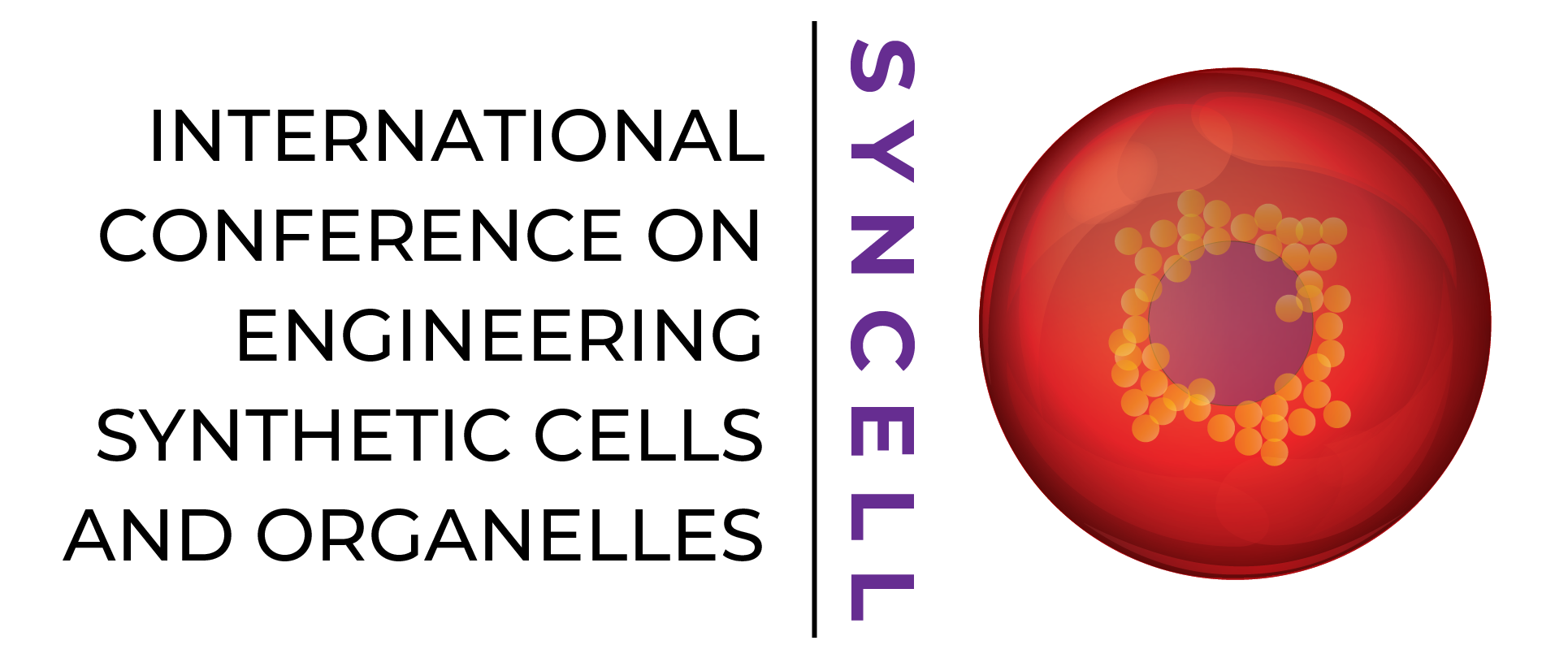
Bottom-up assembly of functional fully-synthetic extracellular vesicles
Presented by: Oskar Staufer
Max Planck Institute for Medical Research
Contributed Talk
Abstract
OSKAR STAUFER
Title: Bottom-up assembly of functional fully-synthetic extracellular vesicles
Oskar Staufer1,2, Franziska Dietrich1, Martin Schröter1, Ilia Platzman1,2 and Joachim P. Spatz1,2
1 Department for Cellular Biophysics, Max Planck Institute for Medical Research, Jahnstraße 29, 69120 Heidelberg, Germany
2 Max Planck-Bristol Center for Minimal Biology, University of Bristol, 1 Tankard's Close, Bristol BS8 1TD, UK
Cell-to-cell communication is a fundamental requirement for proper functioning of multicellular organisms. Our understanding of cellular communication has been revolutionized by the seminal discovery of extracellular vesicle (EV)-based intercellular signaling. EVs such as exosomes, oncosomes and microvesicles are able to shuttle biomolecular contents between distant cells and thereby affect nearly every facet of a cell’s life, from cell proliferation to differentiation. This wide spectrum of EV-mediated signaling also underscores their central physiological role. Therefore, obtaining a fundamental understanding of the intricate EV maturation and regulation mechanisms has turned into a principal ambition of many research fields. However, long-winding and error prone procedures for EVs isolation and purification as well as their extensive complexity have hindered a deeper understanding as well as their implementation in diagnostic and therapeutic clinical procedures. We present a complementary approach, developed to elucidate the biophysical mechanisms behind the EV-mediated cell-to-cell communication, combining microfluidic technology and synthetic biology principles for the high-throughput bottom-up assembly of fully synthetic EVs. This approach allows to precisely amalgamate individual EV constituents like their lipid shell, their protein décor and their RNA cargo and to systematically dissect the activity of the single components. Exemplarily, we reconstructed fibroblast derived wound-healing promoting exosomes in their exact lipid, protein and miRNA composition. These fully synthetic exosomes, show analogous functionalities to their natural counterparts, opening the door for EV-based therapies, that do not relay on the isolation of EVs from natural sources but rather on bio-inspired in vitro assembly from synthetic parts. Moreover, this concept provides a robust framework for the first therapeutic applications of bottom-up assembled synthetic biological modules.
